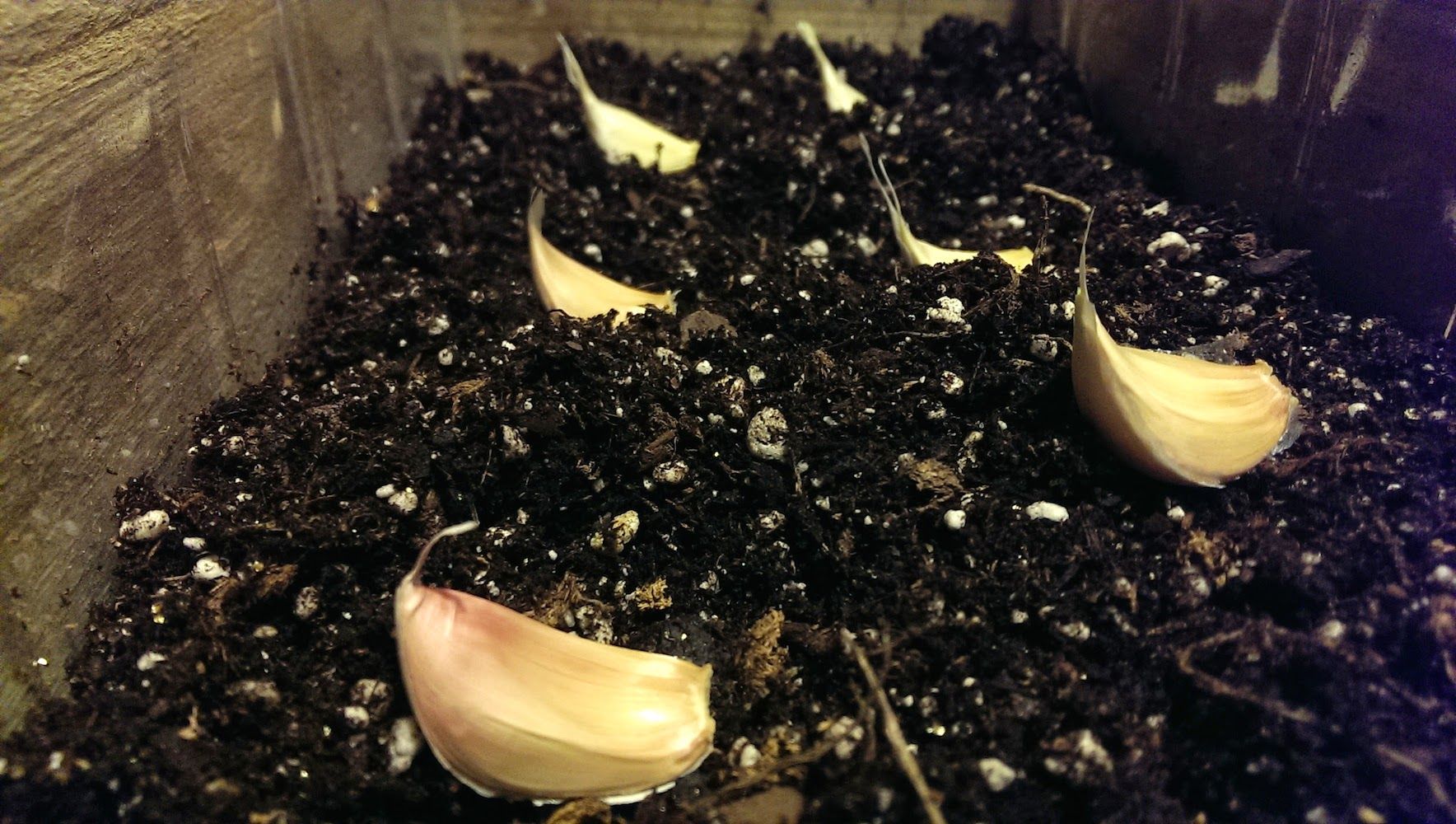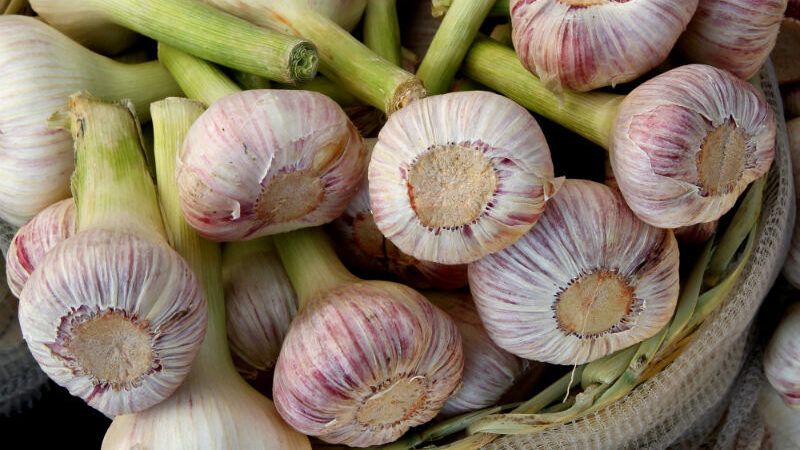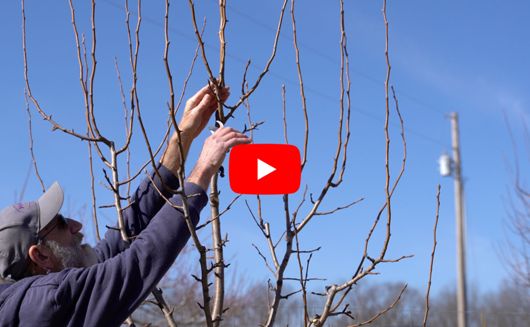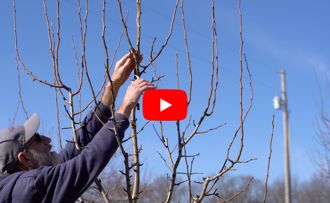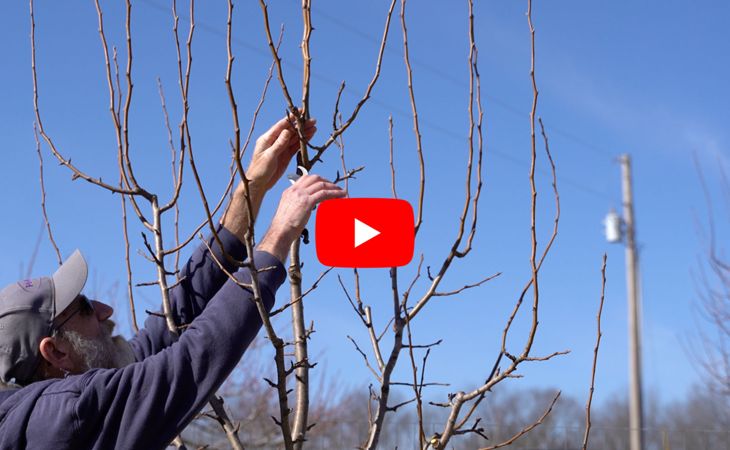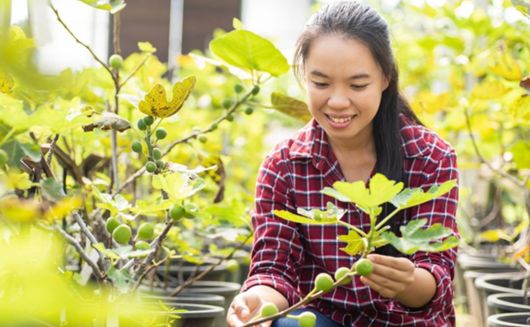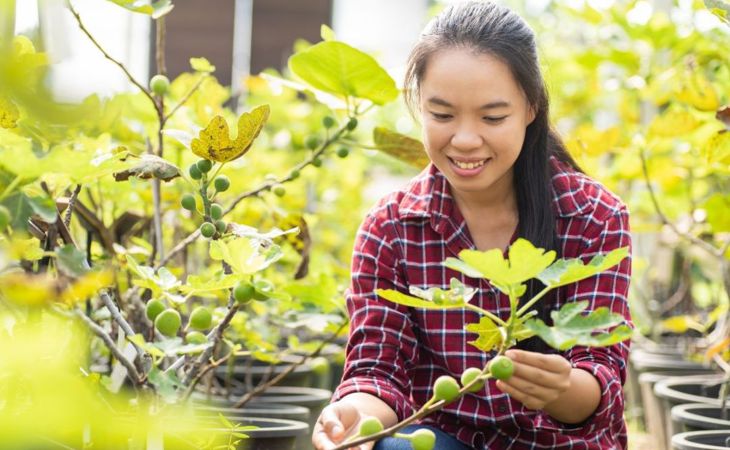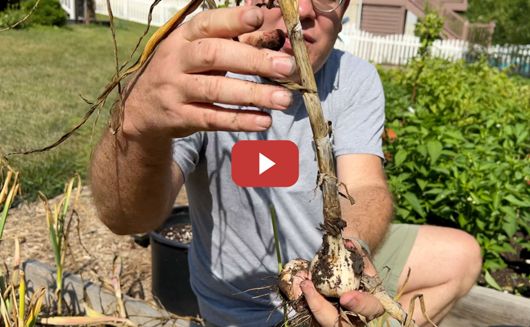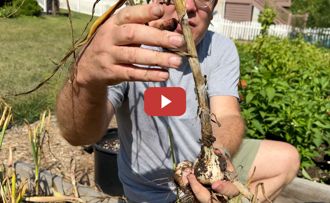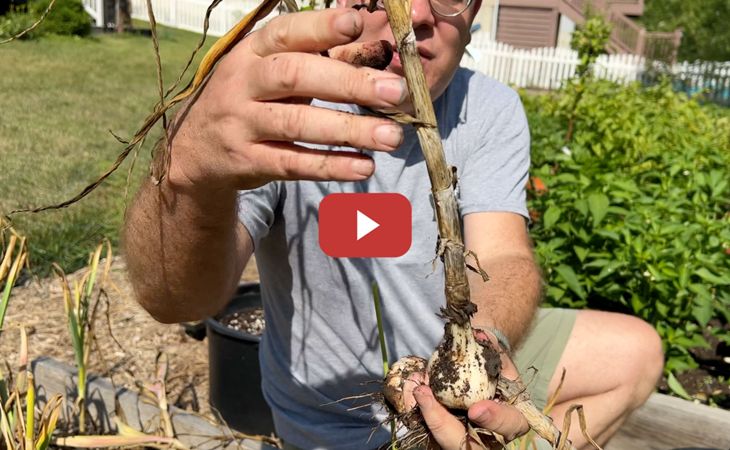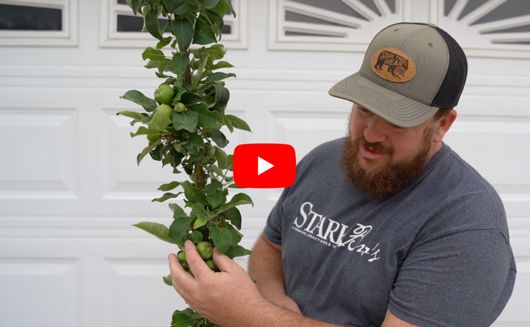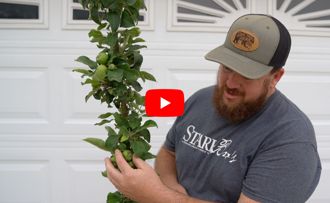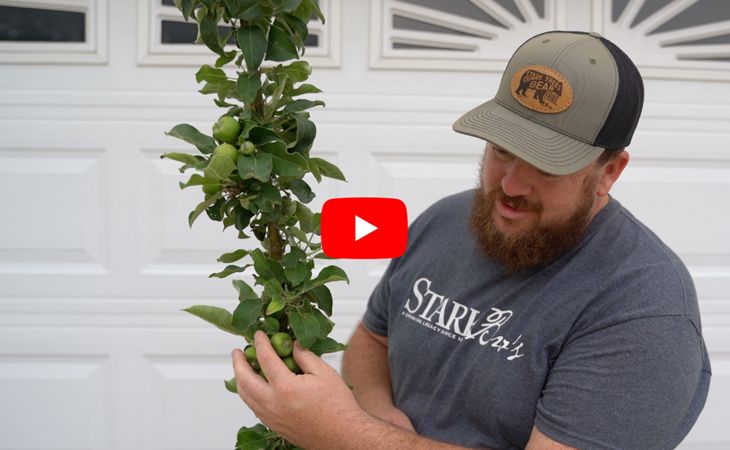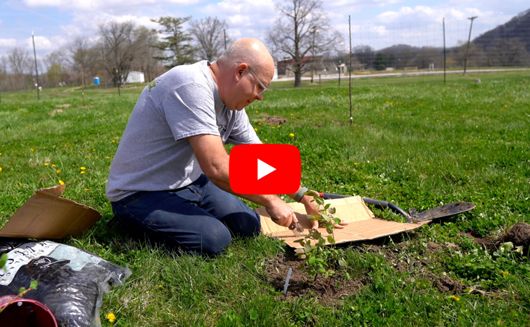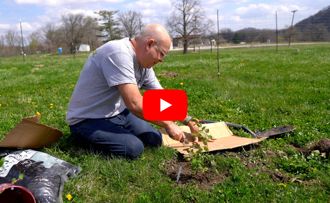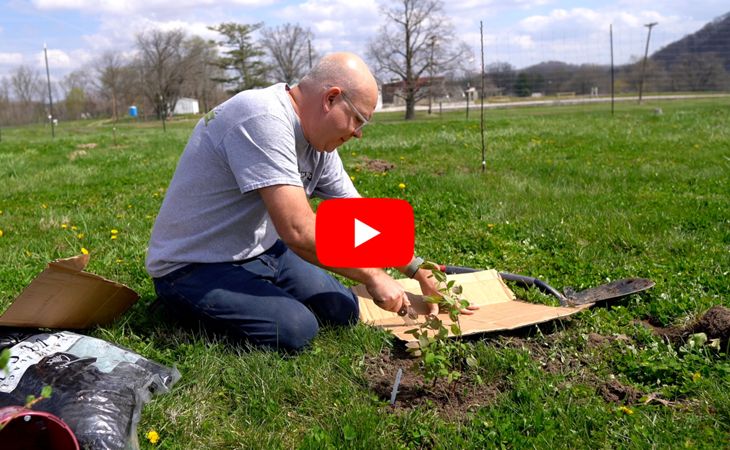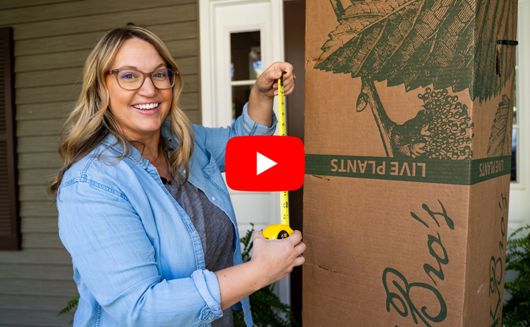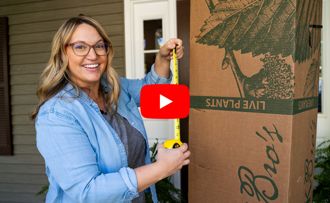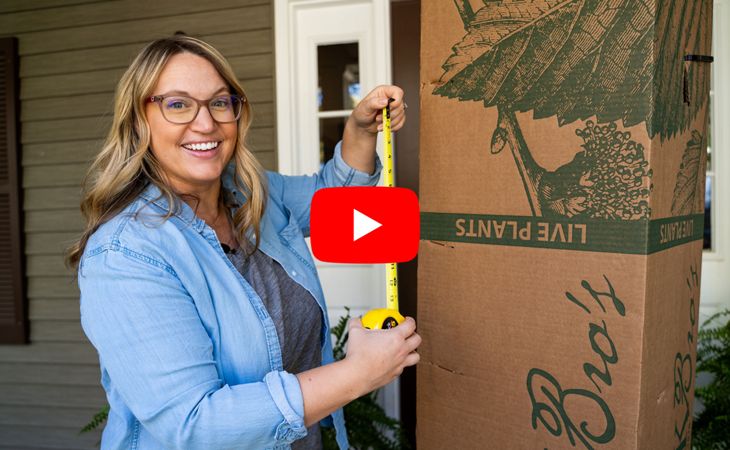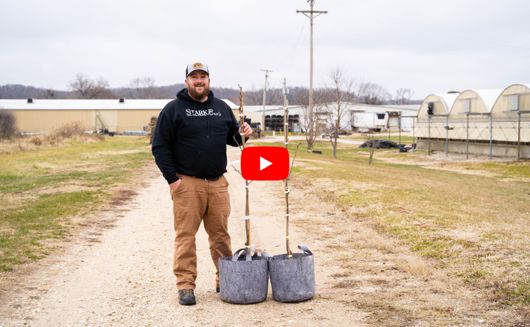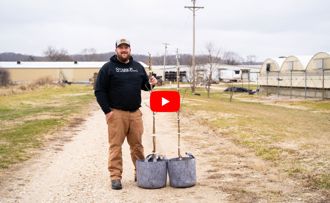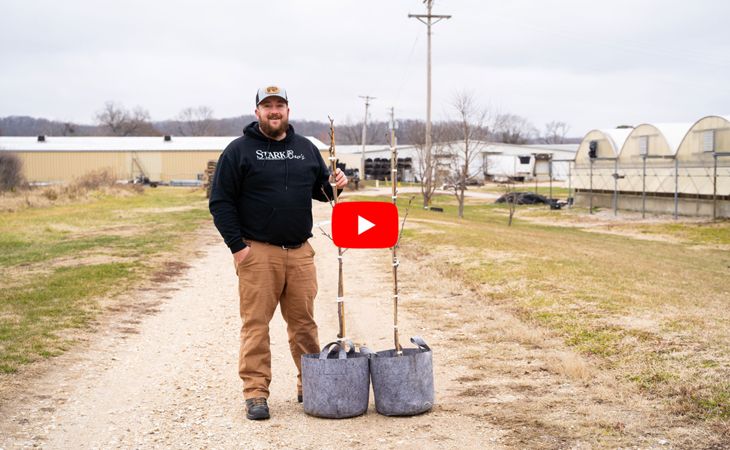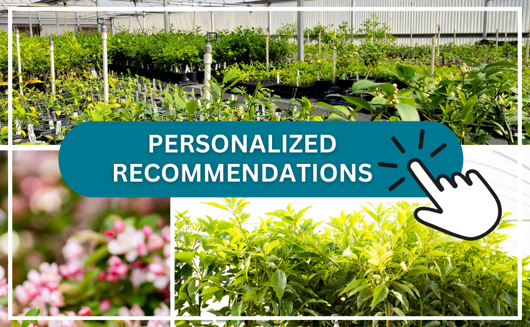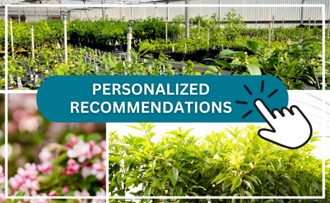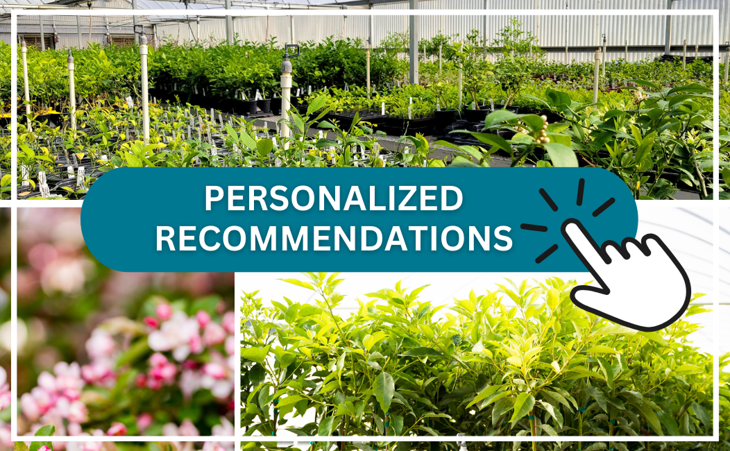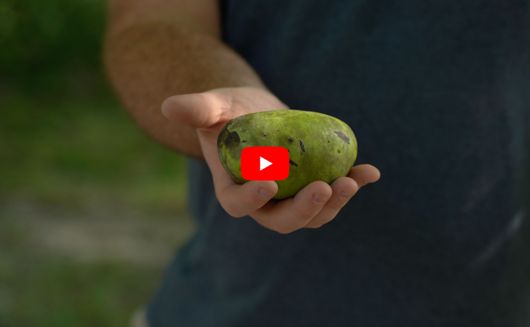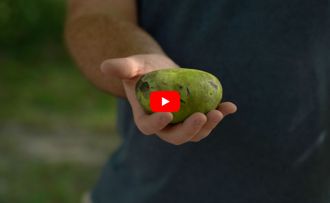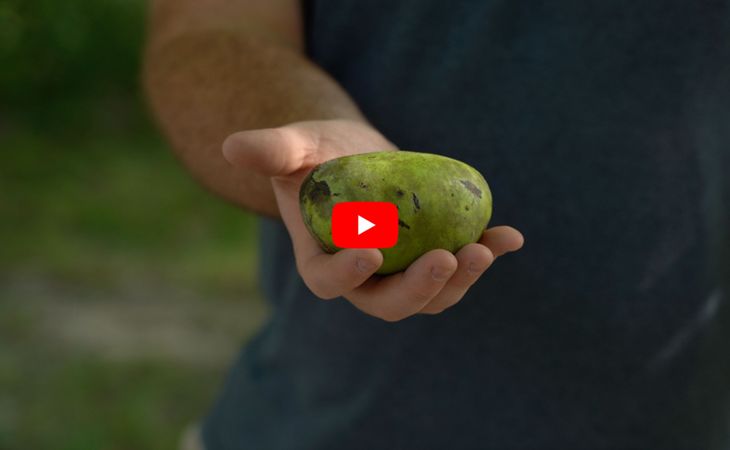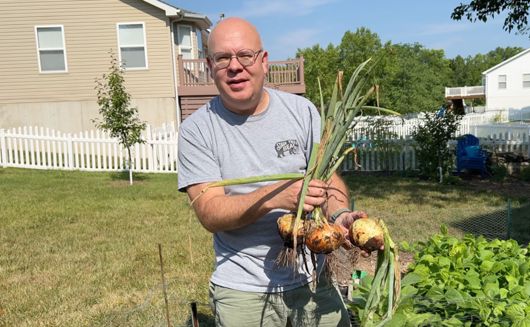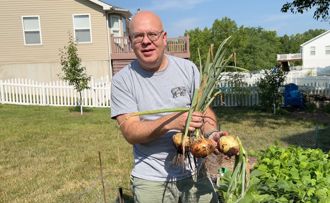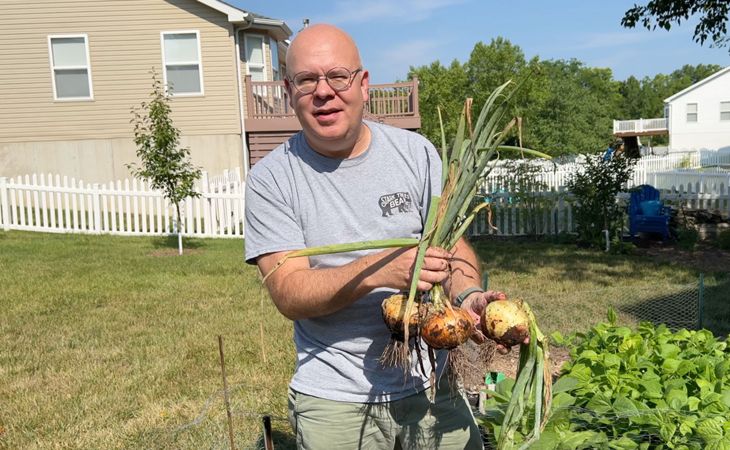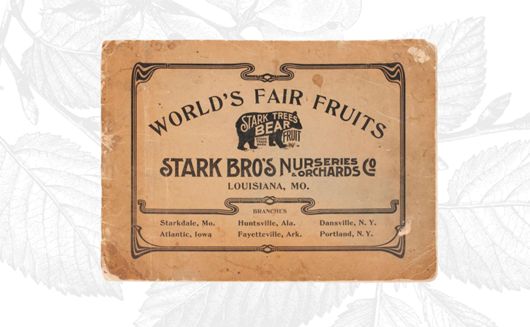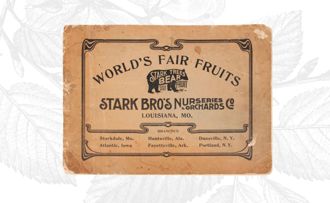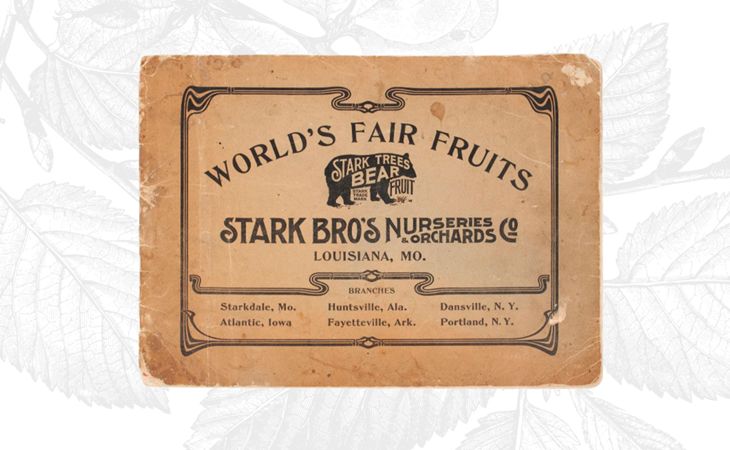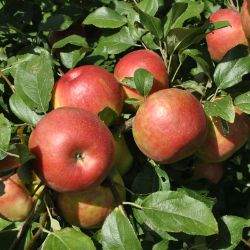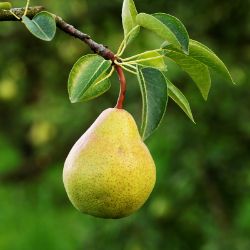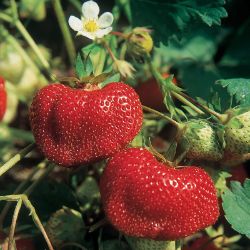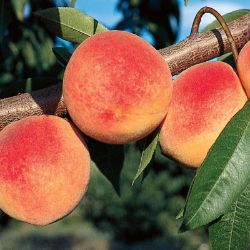How to Plant Garlic
Growing garlic is easy. It starts with a well-prepared planting site so that you can get the most out of your harvest. Find out more about growing garlic.
Garlic originated in central Asia dating back thousands of years. Humans have long since been enjoying garlic as a staple food ingredient as well as medicinal remedy with many uses — from fighting infection to improving digestion. Garlic is a member of the Allium genus, which includes onions, leeks, and shallots.
There are a few things to keep in mind when growing garlic. To start, there are two main types of garlic plants:
Hardneck Garlic
- Develops scapes, or flower stalks (see examples here)
- More similar to wild garlic
- Not intended for long storage
Softneck Garlic
- Does not develop scapes
- Common; like grocery store garlic
- Stores well
Our garlic varieties consist of softneck and hardneck types, which are appropriate for growing in Zones 3-9.
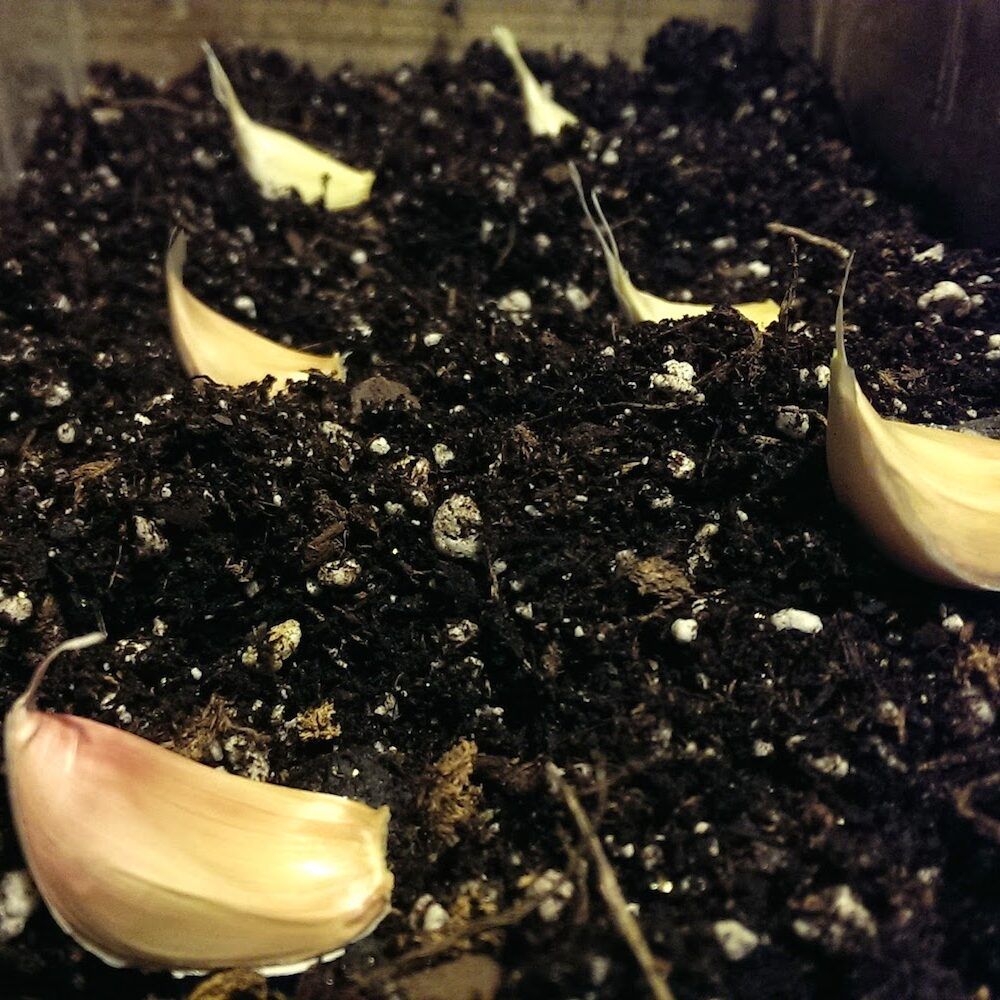
Garlic bulbs, also called "heads", contain several cloves which are used in a wide range of culinary dishes. These cloves also happen to be what you plant when growing garlic. When in the ground, the bulb is where nutrients are stored for survival during drought or other stressful weather.
Planting & Growing Garlic
Planting garlic is easy. It all starts with a well-prepared planting site so that you can get the most out of your garlic planting. Nutrient-rich, well-drained soil is ideal for a sizable garlic harvest, so if your soil is porous and sandy, or heavy and clayey, be sure to amend with organic matter (like compost and coco-fiber growing medium) to add nutrients and more adequately distribute the water in your garlic bed. Garlic bulbs may become misshapen in dense, heavy soils. Garlic will thrive in planting sites with lots of organic matter!
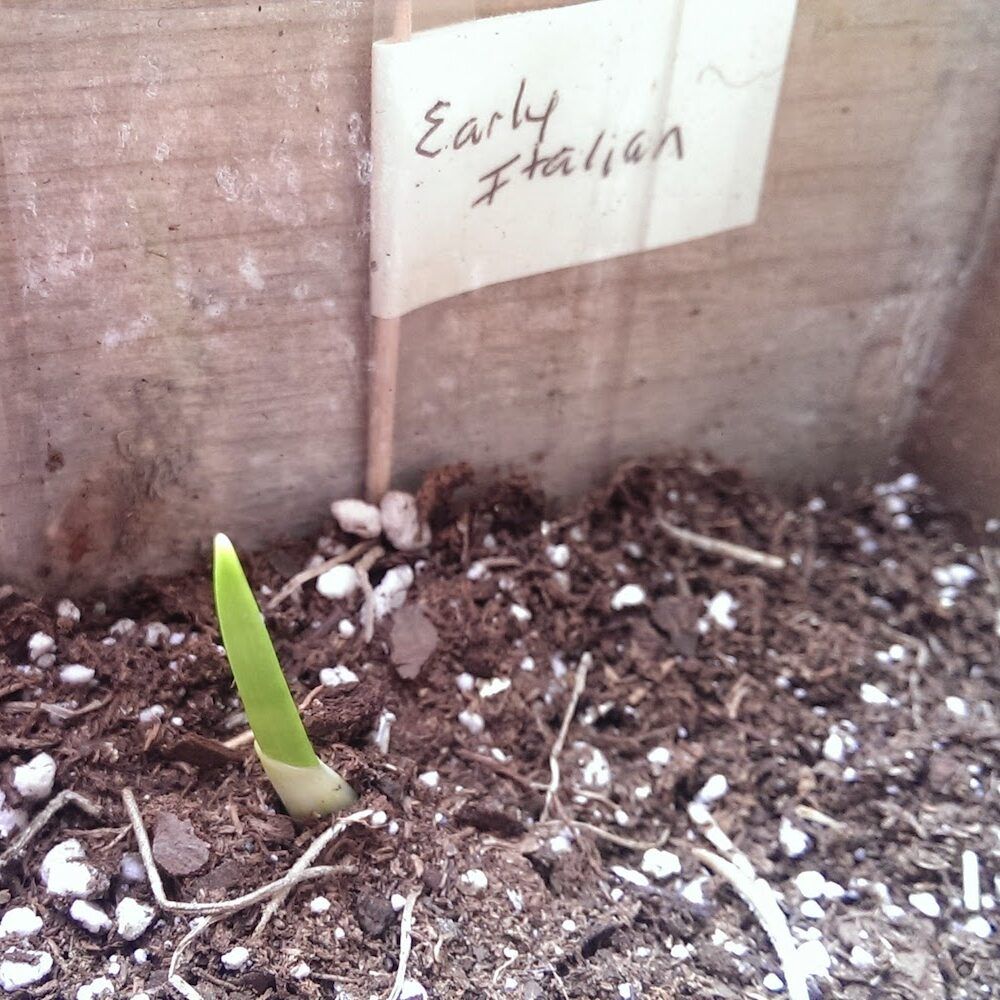
- Dig holes at least 4- to 6-inches apart, and space rows at least 6-inches apart.
- To plant, separate the garlic bulbs into cloves.
- Plant cloves 2-inches deep, flat-side down, pointed end up.
- Water thoroughly after planting. Fertilize with a balanced fertilizer as needed.
Planting notes: When planting in spring, be sure to mulch to protect against cold snaps and also to keep newly planted garlic bulbs from drying out. If planting in fall, be sure to add a layer of mulch for protection, about 4- to 6-inches works. Fall-planted as well as spring-planted garlic bulbs are both still harvested in summer.
Harvesting Garlic
Harvest, depending on the variety you're growing, is about 90-150 days after planting. Be sure to plan so that your garlic harvest happens before your estimated first frost date in your location.
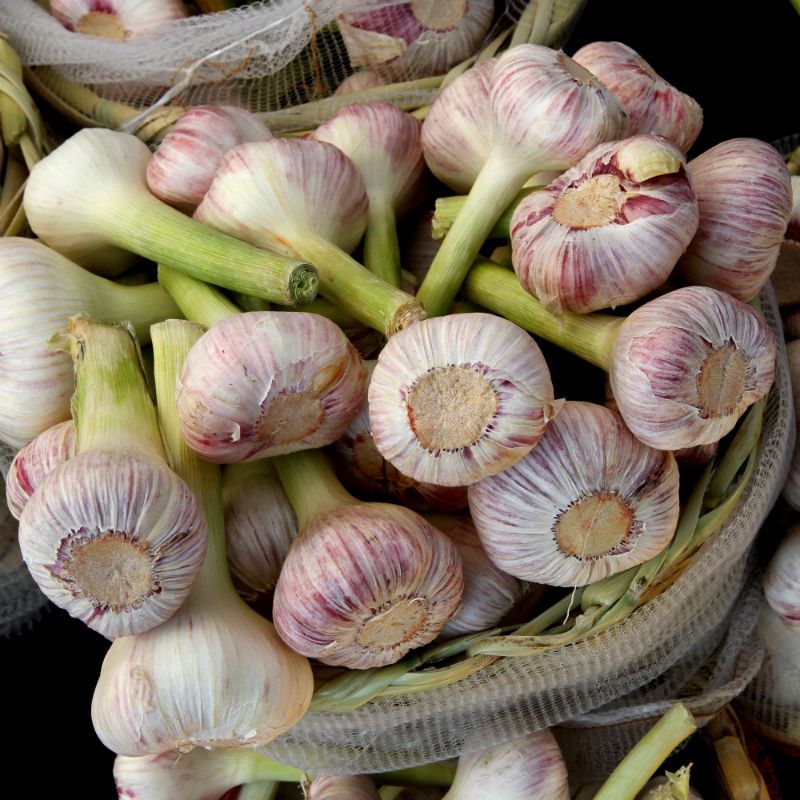
- Harvest when lower leaves turn brown. Some of the upper leaves may still be green.
- Lift the entire plant from the ground, leaves and all.
- Carefully shake loose the soil as much as possible.
- Allow plants to dry in a shaded, dry place for about a week to two weeks, to cure. If weather and critters permit, you can simply leave the garlic to dry in your garden.
- After curing, remove roots and leaves and store in a moisture-free place indoors. Garlic is ready for storage and use after the curing process!
Garlic may be used straight out of the ground, but it will store for longer periods of time if allowed to dry/cure first.
Growing garlic is easy, and you reap your rewards in a few short months after planting!
Grow Your Own Garlic
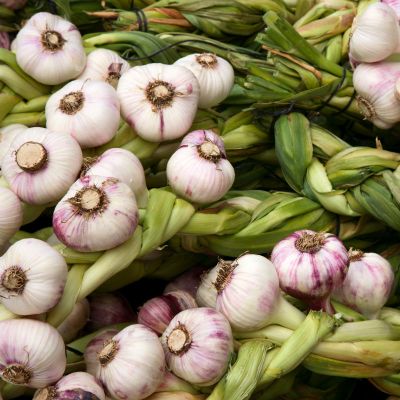 Out of Stock
Early Italian Garlic
$18.99 / 0.5 lb
Out of Stock
Early Italian Garlic
$18.99 / 0.5 lb
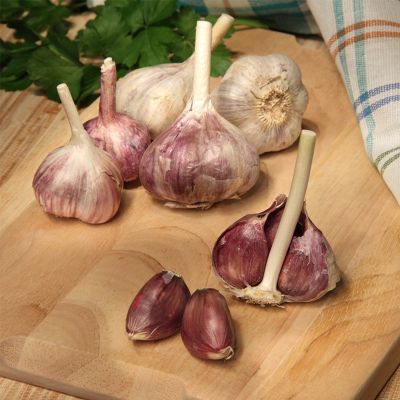 Out of Stock
German Red Garlic
Out of Stock
German Red Garlic
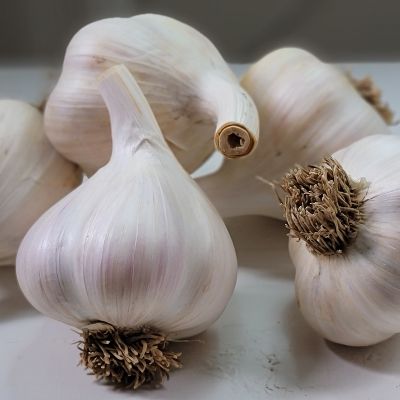 Out of Stock
German White Extra Hardy Garlic
Out of Stock
German White Extra Hardy Garlic
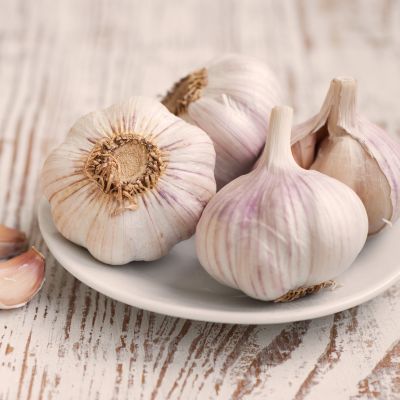 Out of Stock
New
Inchelium Red Garlic
Out of Stock
New
Inchelium Red Garlic
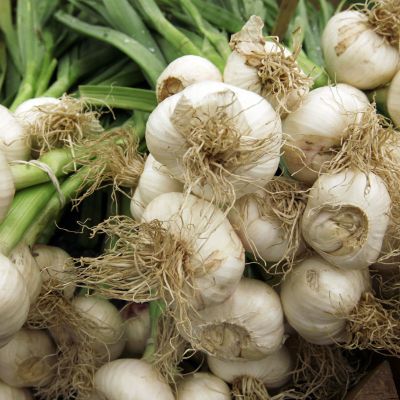 Out of Stock
Italian Late Garlic
Out of Stock
Italian Late Garlic
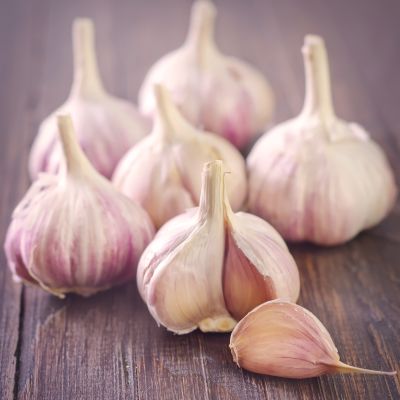 Out of Stock
New
Musik Garlic
Out of Stock
New
Musik Garlic
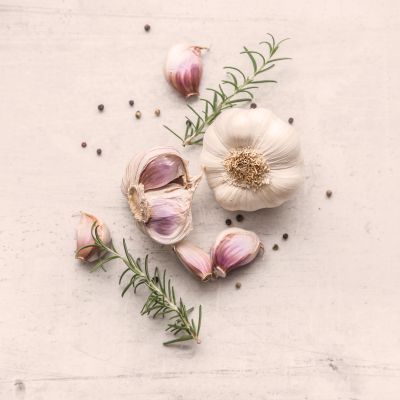 Out of Stock
New
Nootka Rose Garlic
Out of Stock
New
Nootka Rose Garlic
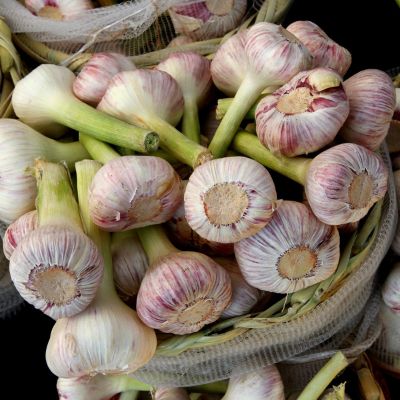 Out of Stock
Silver Rose Garlic
$18.99 / 0.5 lb
Out of Stock
Silver Rose Garlic
$18.99 / 0.5 lb
- Article Categories:
- How To Grow
- Product Features
- Video

